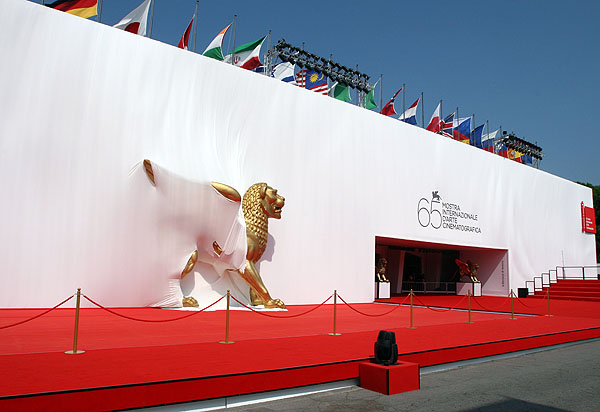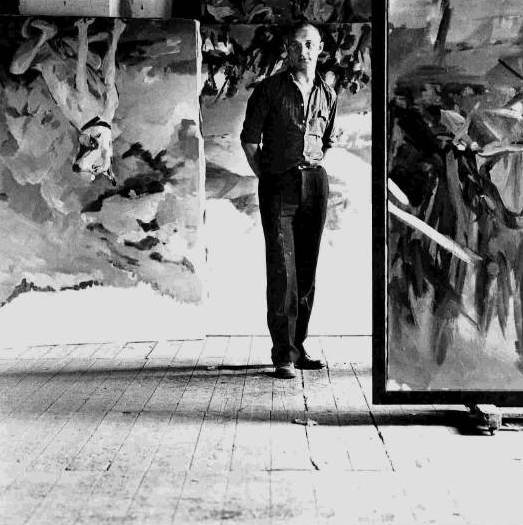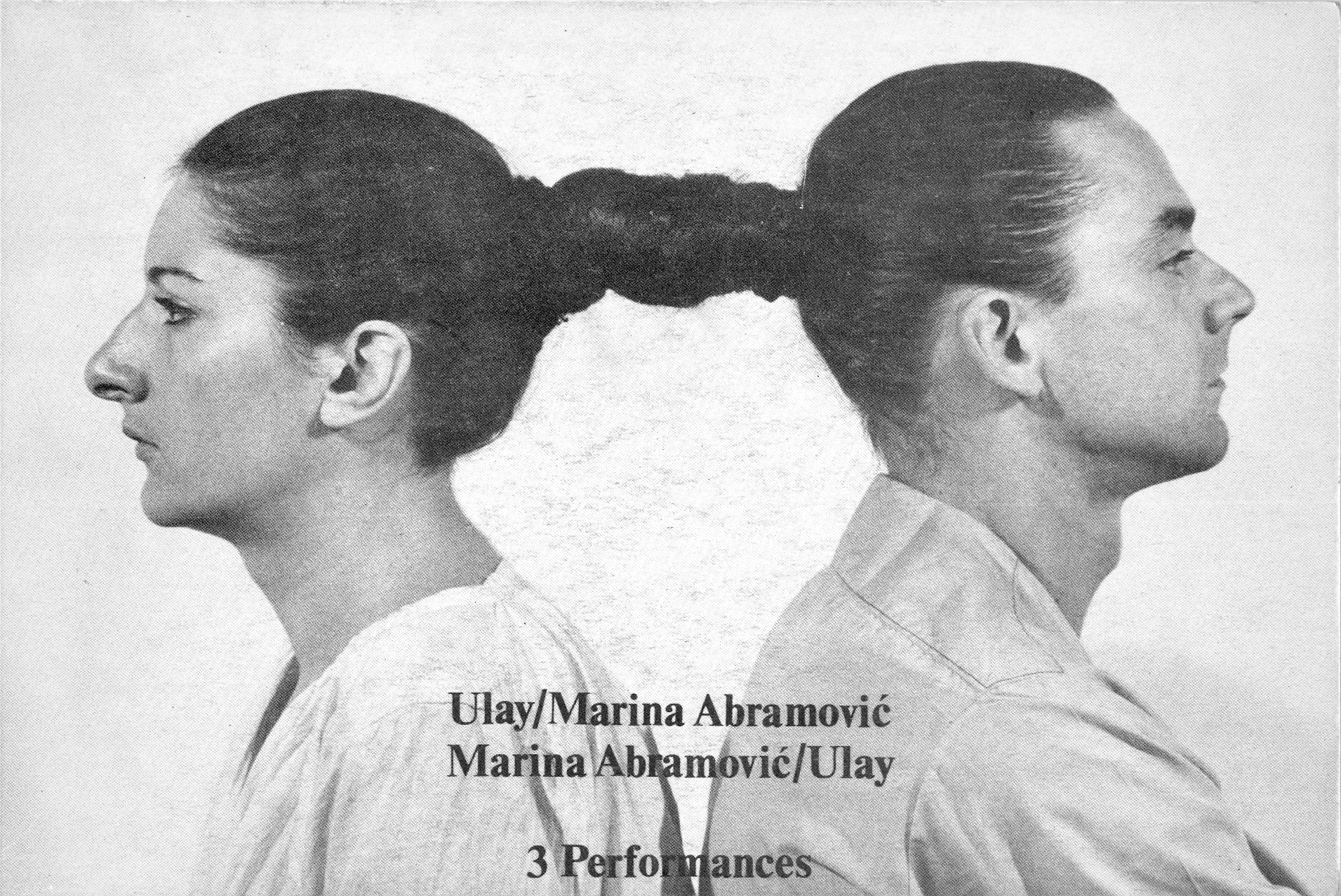|
Achille Bonito Oliva
Achille Bonito Oliva (born 1939) is an Italian art critic and historian of contemporary art. Since 1968 he has taught history of contemporary art at La Sapienza, the university of Rome. He has written extensively on contemporary art and contemporary artists; he originated the term '' Transavanguardia'' to describe the new direction taken in the late 1970s by artists such as Sandro Chia, Francesco Clemente, Enzo Cucchi, Nicola De Maria, and Mimmo Paladino. He has organised or curated numerous contemporary art events and exhibitions; in 1993 he was artistic director of the Biennale di Venezia. Life and career Bonito Oliva was born in 1939 in Caggiano, in the province of Salerno, in Campania in southern Italy. He studied law, and then took a degree in letters. He took part in events connected with the avant-garde Gruppo 63 literary movement of the 1960s. In 1968 he began teaching history of contemporary art at La Sapienza, the university of Rome. He became active as an a ... [...More Info...] [...Related Items...] OR: [Wikipedia] [Google] [Baidu] |
Biennale Di Venezia
The Venice Biennale (; it, La Biennale di Venezia) is an international cultural exhibition hosted annually in Venice, Italy by the Biennale Foundation. The biennale has been organised every year since 1895, which makes it the oldest of its kind. The main exhibition held in Castello, in the halls of the Arsenale and Biennale Gardens, alternates between art and architecture (hence the name ''biennale''; ''biennial''). The other events hosted by the Foundationspanning theatre, music, and danceare held annually in various parts of Venice, whereas the Venice Film Festival takes place at the Lido. Organization Art Biennale The Art Biennale (La Biennale d'Arte di Venezia), is one of the largest and most important contemporary visual art exhibitions in the world. So-called because it is held biannually (in odd-numbered years), it is the original biennale on which others in the world have been modeled. The exhibition space spans over 7,000 square meters, and artists from ov ... [...More Info...] [...Related Items...] OR: [Wikipedia] [Google] [Baidu] |
History Of Art
The history of art focuses on objects made by humans for any number of spiritual, narrative, philosophical, symbolic, conceptual, documentary, decorative, and even functional and other purposes, but with a primary emphasis on its aesthetic visual form. Visual art can be classified in diverse ways, such as separating fine arts from applied arts; inclusively focusing on human creativity; or focusing on different media such as architecture, sculpture, painting, film, photography, and graphic arts. In recent years, technological advances have led to video art, computer art, performance art, animation, television, and videogames. The history of art is often told as a chronology of masterpieces created during each civilization. It can thus be framed as a story of high culture, epitomized by the Wonders of the World. On the other hand, vernacular art expressions can also be integrated into art historical narratives, referred to as folk arts or craft. The more closely that ... [...More Info...] [...Related Items...] OR: [Wikipedia] [Google] [Baidu] |
Joseph Beuys
Joseph Heinrich Beuys ( , ; 12 May 1921 – 23 January 1986) was a German artist, teacher, performance artist, and art theorist whose work reflected concepts of humanism, sociology, and anthroposophy. He was a founder of a provocative art movement known as Fluxus and was a key figure in the development of Happenings. Beuys is known for his "extended definition of art" in which the ideas of social sculpture could potentially reshape society and politics. He frequently held open public debates on a wide range of subjects, including political, environmental, social, and long-term cultural issues. Biography Childhood and early life in the Third Reich (1921–1941) Joseph Beuys was born in Krefeld, Germany, on 12 May 1921, to Josef Jakob Beuys (1888–1958), a merchant, and Johanna Maria Margarete Beuys née Hülsermann (1889–1974). Soon after his birth, the family moved from Krefeld to Kleve, an industrial town in Germany's Lower Rhine region, close to the Dutch border ... [...More Info...] [...Related Items...] OR: [Wikipedia] [Google] [Baidu] |
Georg Baselitz
Georg Baselitz (born 23 January 1938) is a German Painting, painter, Sculpture, sculptor and Graphic arts, graphic artist. In the 1960s he became well known for his Figurative art, figurative, expressive paintings. In 1969 he began painting his subjects upside down in an effort to overcome the Representation (arts), representational, content-driven character of his earlier work and stress the artifice of painting. Drawing from myriad influences, including art of History of the Soviet Union, Soviet era illustration art, the Mannerism, Mannerist period and African sculptures, he developed his own, distinct artistic language. He was born as Hans-Georg Kern in , Upper Lusatia, Germany. He grew up amongst the suffering and demolition of World War II, and the concept of destruction plays a significant role in his life and work. These biographical circumstances are recurring aspects of his entire oeuvre. In this context, the artist stated in an interview: "I was born into a destroyed ord ... [...More Info...] [...Related Items...] OR: [Wikipedia] [Google] [Baidu] |
Francis Bacon (artist)
Francis Bacon (28 October 1909 – 28 April 1992) was an Irish-born British figurative painter known for his raw, unsettling imagery. Focusing on the human form, his subjects included crucifixions, portraits of popes, self-portraits, and portraits of close friends, with abstracted figures sometimes isolated in geometrical structures. Rejecting various classifications of his work, Bacon said he strove to render "the brutality of fact." He built up a reputation as one of the giants of contemporary art with his unique style. Bacon said that he saw images "in series", and his work, which numbers in the region of 590 extant paintings along with many others he destroyed,Harrison, Martin.Out of the Black Cavern. Christie's. Retrieved 4 November 201Archivedon 11 November 2019 typically focused on a single subject for sustained periods, often in triptych or diptych formats. His output can be broadly described as sequences or variations on single motifs; including the 1930s Picasso-infl ... [...More Info...] [...Related Items...] OR: [Wikipedia] [Google] [Baidu] |
Marina Abramović
Marina Abramović ( sr-Cyrl, Марина Абрамовић, ; born November 30, 1946) is a Serbian conceptual and performance artist. Her work explores body art, endurance art, feminist art, the relationship between the performer and audience, the limits of the body, and the possibilities of the mind. Being active for over four decades, Abramović refers to herself as the "grandmother of performance art". She pioneered a new notion of identity by bringing in the participation of observers, focusing on "confronting pain, blood, and physical limits of the body". In 2007, she founded the Marina Abramović Institute (MAI), a non-profit foundation for performance art. Early life, education and teaching Abramović was born in Belgrade, Serbia, then part of Yugoslavia, on November 30, 1946. In an interview, Abramović described her family as having been "Red bourgeoisie." Her great-uncle was Varnava, Serbian Patriarch of the Serbian Orthodox Church. Both of her Montenegrin-b ... [...More Info...] [...Related Items...] OR: [Wikipedia] [Google] [Baidu] |
Monograph
A monograph is a specialist work of writing (in contrast to reference works) or exhibition on a single subject or an aspect of a subject, often by a single author or artist, and usually on a scholarly subject. In library cataloging, ''monograph'' has a broader meaning—that of a nonserial publication complete in one volume (book) or a definite number of volumes. Thus it differs from a serial or periodical publication such as a magazine, academic journal, or newspaper. In this context only, books such as novels are considered monographs.__FORCETOC__ Academia The English term "monograph" is derived from modern Latin "monographia", which has its root in Greek. In the English word, "mono-" means "single" and "-graph" means "something written". Unlike a textbook, which surveys the state of knowledge in a field, the main purpose of a monograph is to present primary research and original scholarship ascertaining reliable credibility to the required recipient. This research is ... [...More Info...] [...Related Items...] OR: [Wikipedia] [Google] [Baidu] |
Conceptual Art
Conceptual art, also referred to as conceptualism, is art in which the concept(s) or idea(s) involved in the work take precedence over traditional aesthetic, technical, and material concerns. Some works of conceptual art, sometimes called installations, may be constructed by anyone simply by following a set of written instructions. This method was fundamental to American artist Sol LeWitt's definition of conceptual art, one of the first to appear in print: Tony Godfrey, author of ''Conceptual Art (Art & Ideas)'' (1998), asserts that conceptual art questions the nature of art, a notion that Joseph Kosuth elevated to a definition of art itself in his seminal, early manifesto of conceptual art, ''Art after Philosophy'' (1969). The notion that art should examine its own nature was already a potent aspect of the influential art critic Clement Greenberg's vision of Modern art during the 1950s. With the emergence of an exclusively language-based art in the 1960s, however, concept ... [...More Info...] [...Related Items...] OR: [Wikipedia] [Google] [Baidu] |
Abstract Art
Abstract art uses visual language of shape, form, color and line to create a composition which may exist with a degree of independence from visual references in the world. Western art had been, from the Renaissance up to the middle of the 19th century, underpinned by the logic of Perspective (graphical), perspective and an attempt to reproduce an illusion of visible reality. By the end of the 19th century many artists felt a need to create a new kind of art which would encompass the fundamental changes taking place in technology, science and philosophy. The sources from which individual artists drew their theoretical arguments were diverse, and reflected the social and intellectual preoccupations in all areas of Western culture at that time. Abstract art, non-figurative art, non-objective art, and non-representational art are all closely related terms. They have similar, but perhaps not identical, meanings. Abstraction indicates a departure from reality in depiction of imagery ... [...More Info...] [...Related Items...] OR: [Wikipedia] [Google] [Baidu] |
Neue Wilden
The term Junge Wilde (German for "young wild ones") was originally applied to trends within the art world, and was only later used with reference to politics. At present, the term is used by German-language journalists to describe any group within a tradition that seeks to undermine established authority. Artistic movement In 1978, the Junge Wilde painting style arose in the German-speaking world in opposition to established avant garde, minimal art and conceptual art. It was linked to the similar Transavanguardia movement in Italy, USA (neo-expressionism) and France (Figuration Libre). The Junge Wilde painted their expressive paintings in bright, intense colors and with quick, broad brushstrokes very much influenced by Professor at the Academy of Art in Berlin, Karl Horst Hödicke (b:1938). They were sometimes called the Neue Wilde ( :de:Neue Wilde). Influential artists * Austria: Siegfried Anzinger, Erwin Bohatsch, Herbert Brandl, Gunter Damisch, Hubert Scheibl, Hubert Schmal ... [...More Info...] [...Related Items...] OR: [Wikipedia] [Google] [Baidu] |
Neo-Expressionist
Neo-expressionism is a style of late modernist or early-postmodern painting and sculpture that emerged in the late 1970s. Neo-expressionists were sometimes called ''Transavantgarde'', '' Junge Wilde'' or ''Neue Wilden'' ('The new wild ones'; 'New Fauves' would better meet the meaning of the term). It is characterized by intense subjectivity and rough handling of materials. Neo-expressionism developed as a reaction against conceptual art and minimal art of the 1970s. Neo-expressionists returned to portraying recognizable objects, such as the human body (although sometimes in an abstract manner), in a rough and violently emotional way, often using vivid colors. It was overtly inspired by German Expressionist painters, such as Emil Nolde, Max Beckmann, George Grosz, Ernst Ludwig Kirchner, James Ensor and Edvard Munch. It is also related to American Lyrical Abstraction painting of the 1960s and 1970s, The Hairy Who movement in Chicago, the Bay Area Figurative School of the 1950s and ... [...More Info...] [...Related Items...] OR: [Wikipedia] [Google] [Baidu] |
Venice Biennale
The Venice Biennale (; it, La Biennale di Venezia) is an international cultural exhibition hosted annually in Venice, Italy by the Biennale Foundation. The biennale has been organised every year since 1895, which makes it the oldest of its kind. The main exhibition held in Castello, in the halls of the Arsenale and Biennale Gardens, alternates between art and architecture (hence the name ''biennale''; ''biennial''). The other events hosted by the Foundationspanning theatre, music, and danceare held annually in various parts of Venice, whereas the Venice Film Festival takes place at the Lido. Organization Art Biennale The Art Biennale (La Biennale d'Arte di Venezia), is one of the largest and most important contemporary visual art exhibitions in the world. So-called because it is held biannually (in odd-numbered years), it is the original biennale on which others in the world have been modeled. The exhibition space spans over 7,000 square meters, and artists from ... [...More Info...] [...Related Items...] OR: [Wikipedia] [Google] [Baidu] |

.jpg)





